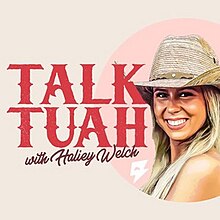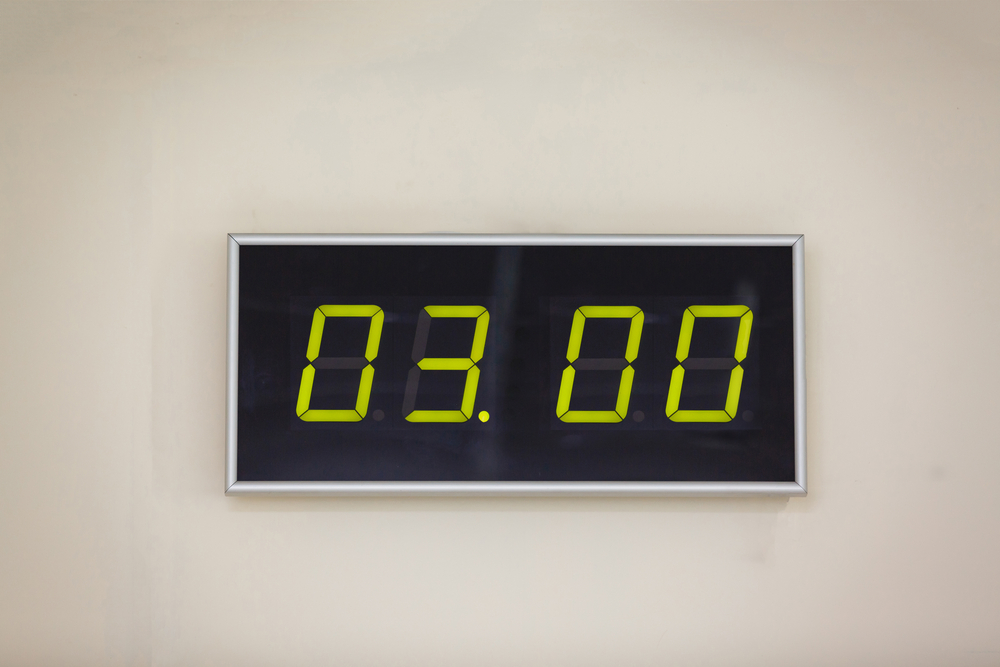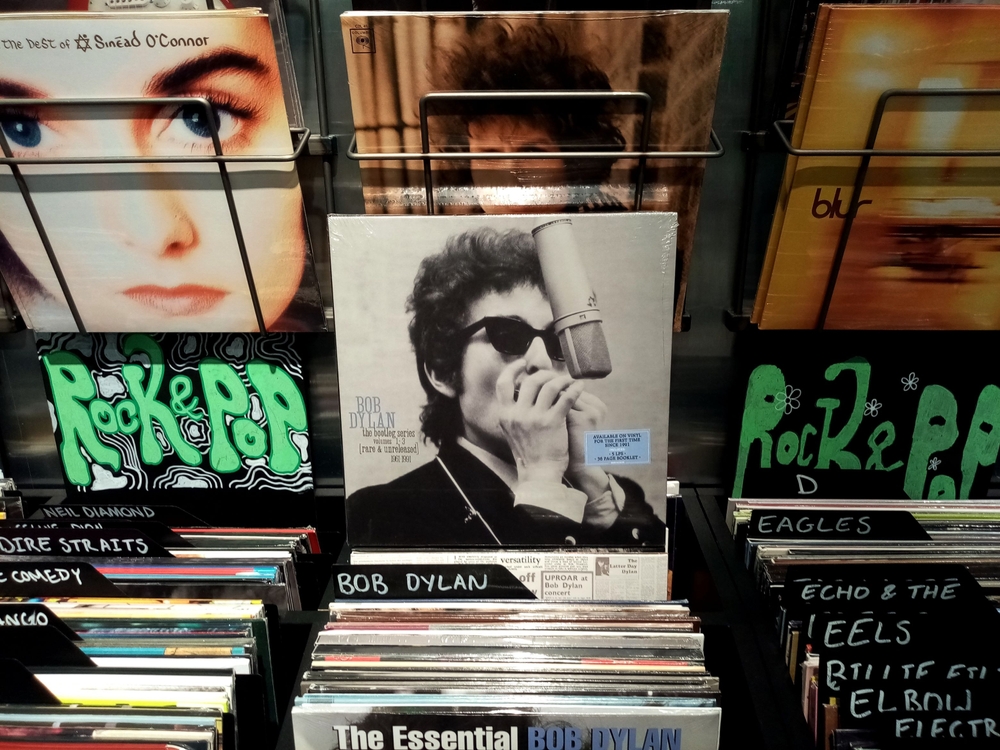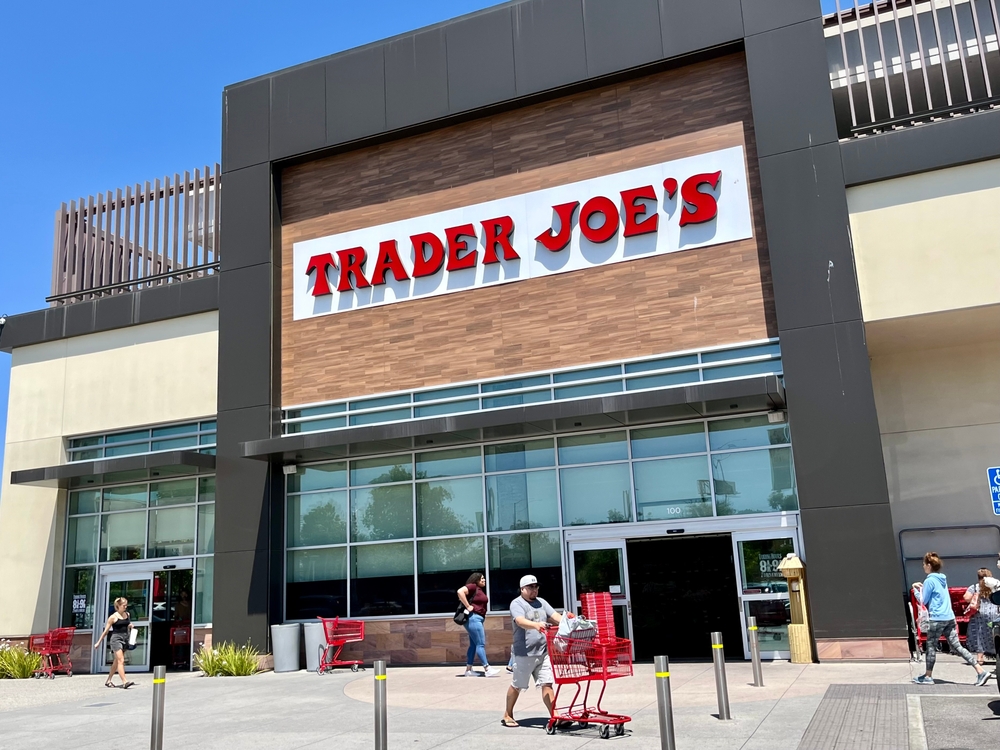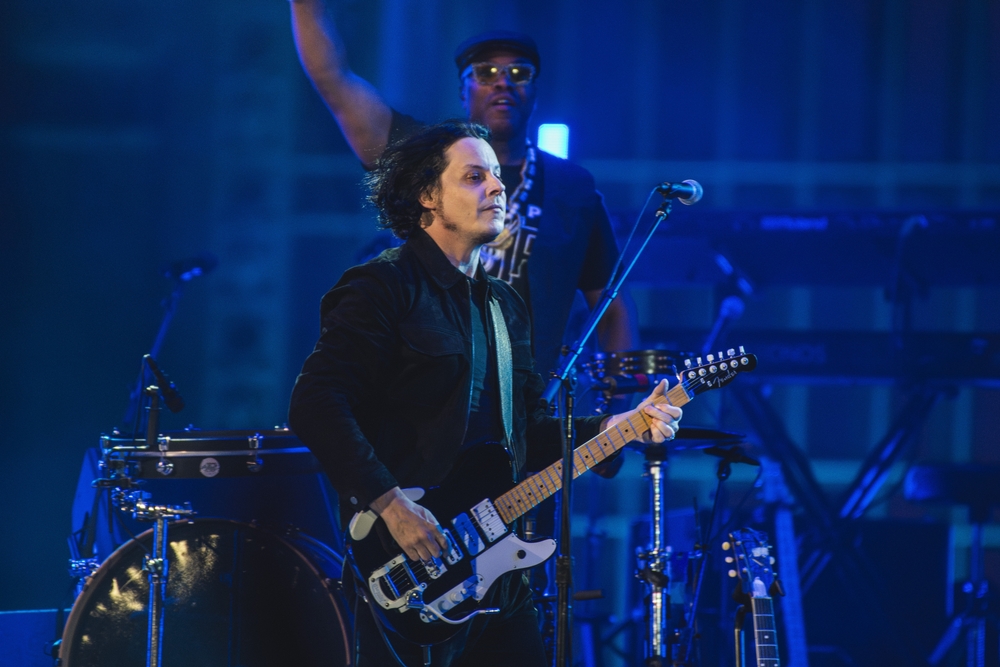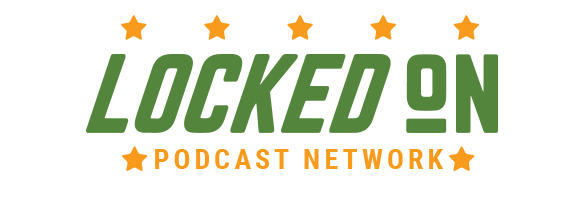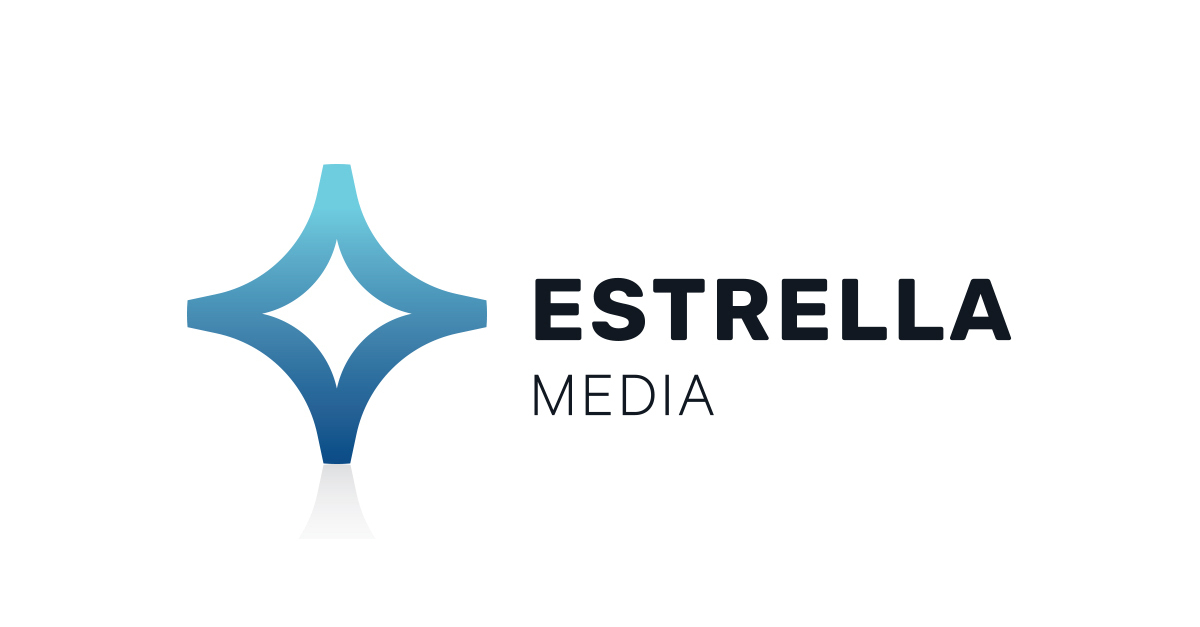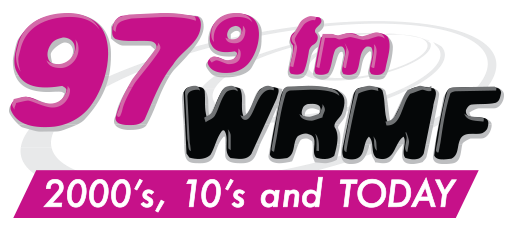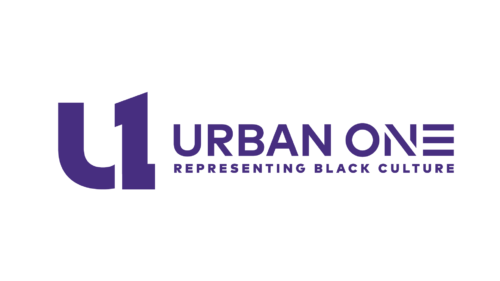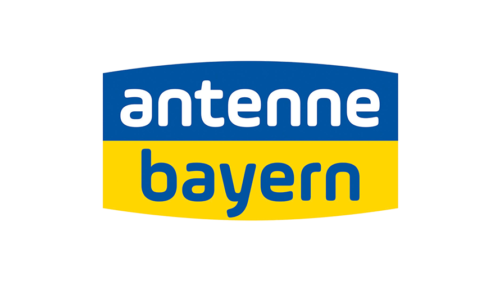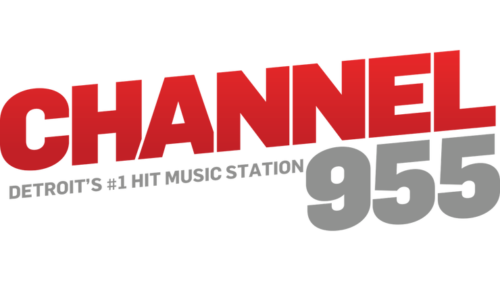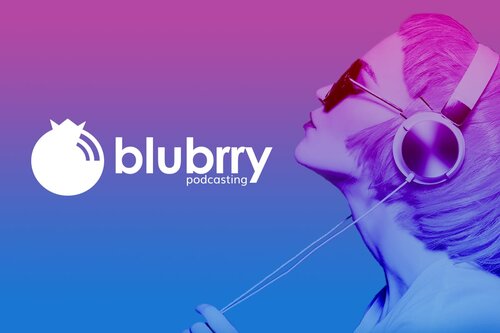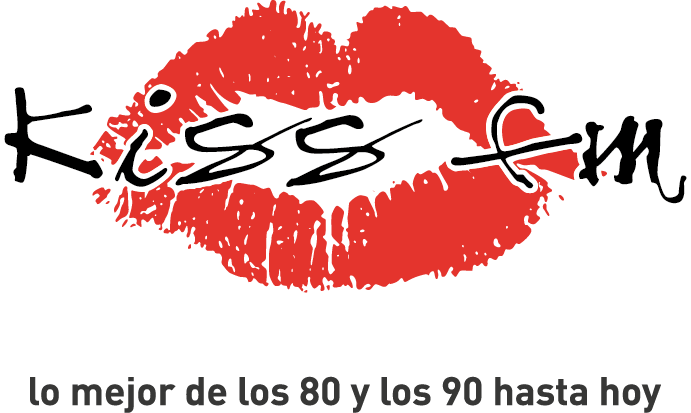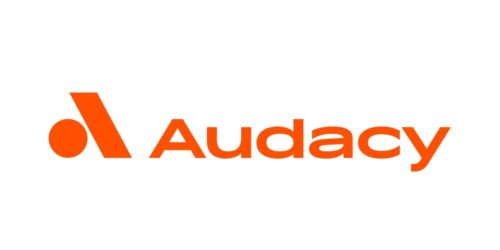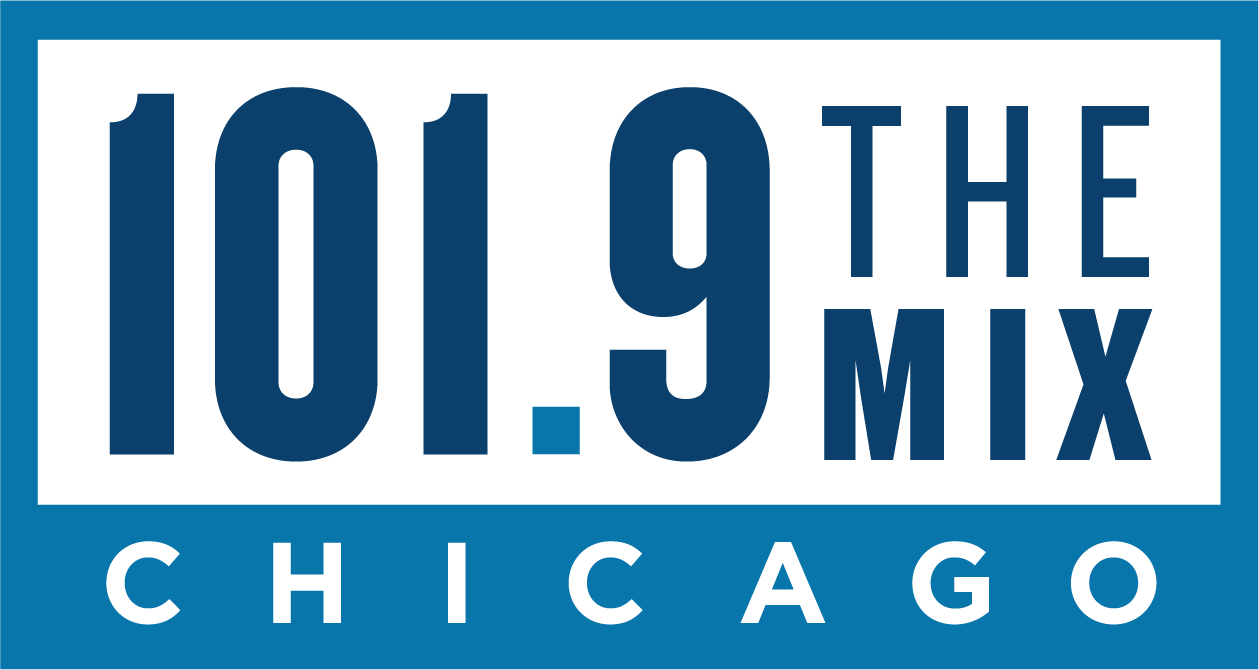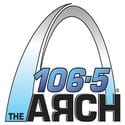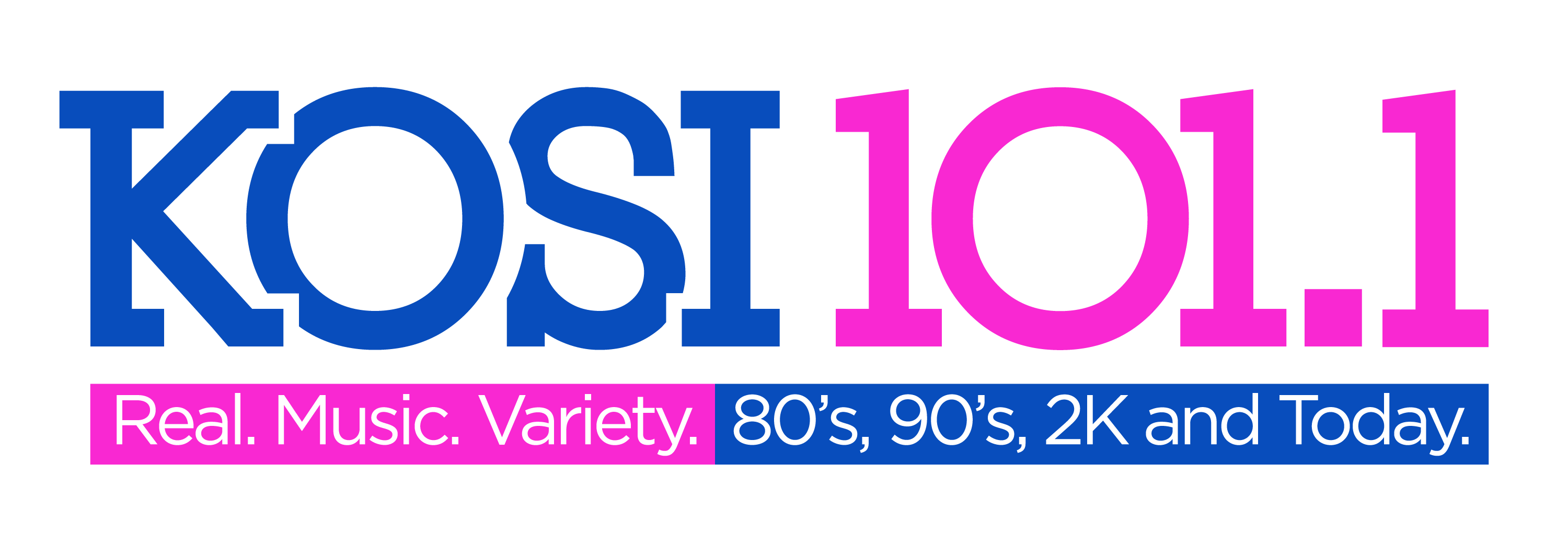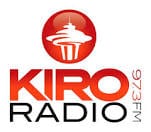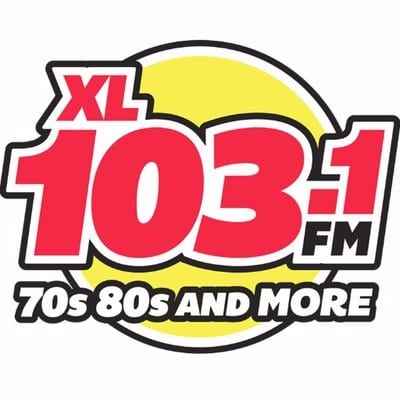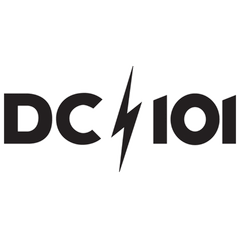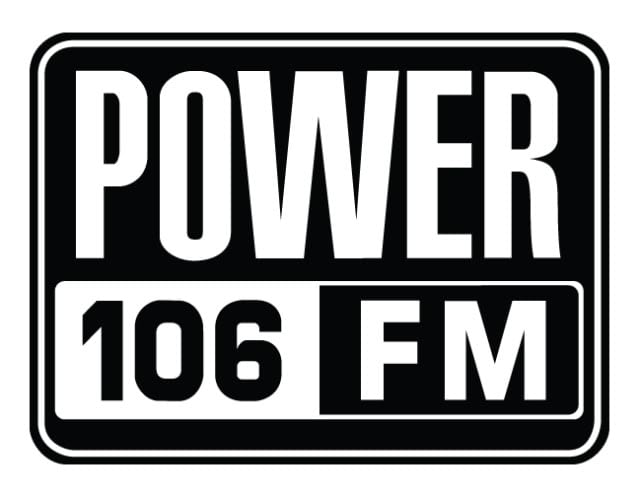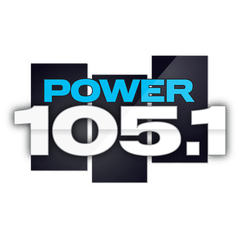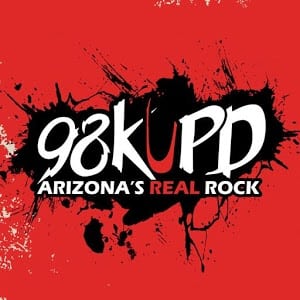Building Strong Brands.
Developing Great Content.

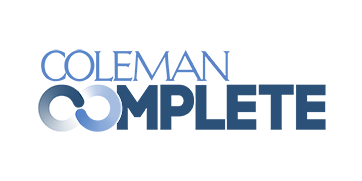
Your Research Project isn’t Complete…
until it’s Coleman Complete
The delivery of high-quality data is only the beginning. Coleman Complete ensures you get a sizable return on your research investment.

Questions?
Watch our FAQ Video Series to hear Coleman Insights’ Senior Consultants answer some of the most common questions we receive.
![]()
“We don’t just deliver research, we deliver insights to help you build and strengthen your brand”
Brands We Work With

Coleman Insights/Advantage Music Research Strategic Partnership
Coleman Insights and Advantage Music Research have a strategic partnership where each firm refers potential clients to the other when it is deemed the other’s music testing offering may be better suited to a client’s needs.
Advantage refers clients who require a deeper level of insights and recommendations provided by a FACT360 Strategic Music Test to Coleman Insights.
Coleman refers clients with which it has competitive conflicts or whose budgets and/or needs are better aligned with what a Scorecard music test offers to Advantage Music Research.
For more information on Advantage Music Research, please visit their website.
![]()
Get in Touch
Thanks for your interest in Coleman Insights! Fill out the form or give us a call and you’ll get a prompt response.
Worldwide: +1 919 571 0000
Europe: +49 40 65697380
Write us: info@colemaninsights.com
Mailing Address:
Coleman Insights
PO Box 97424
Raleigh, NC 27624
Street Address:
Coleman Insights
16 West Martin Street
Raleigh, NC 27601



